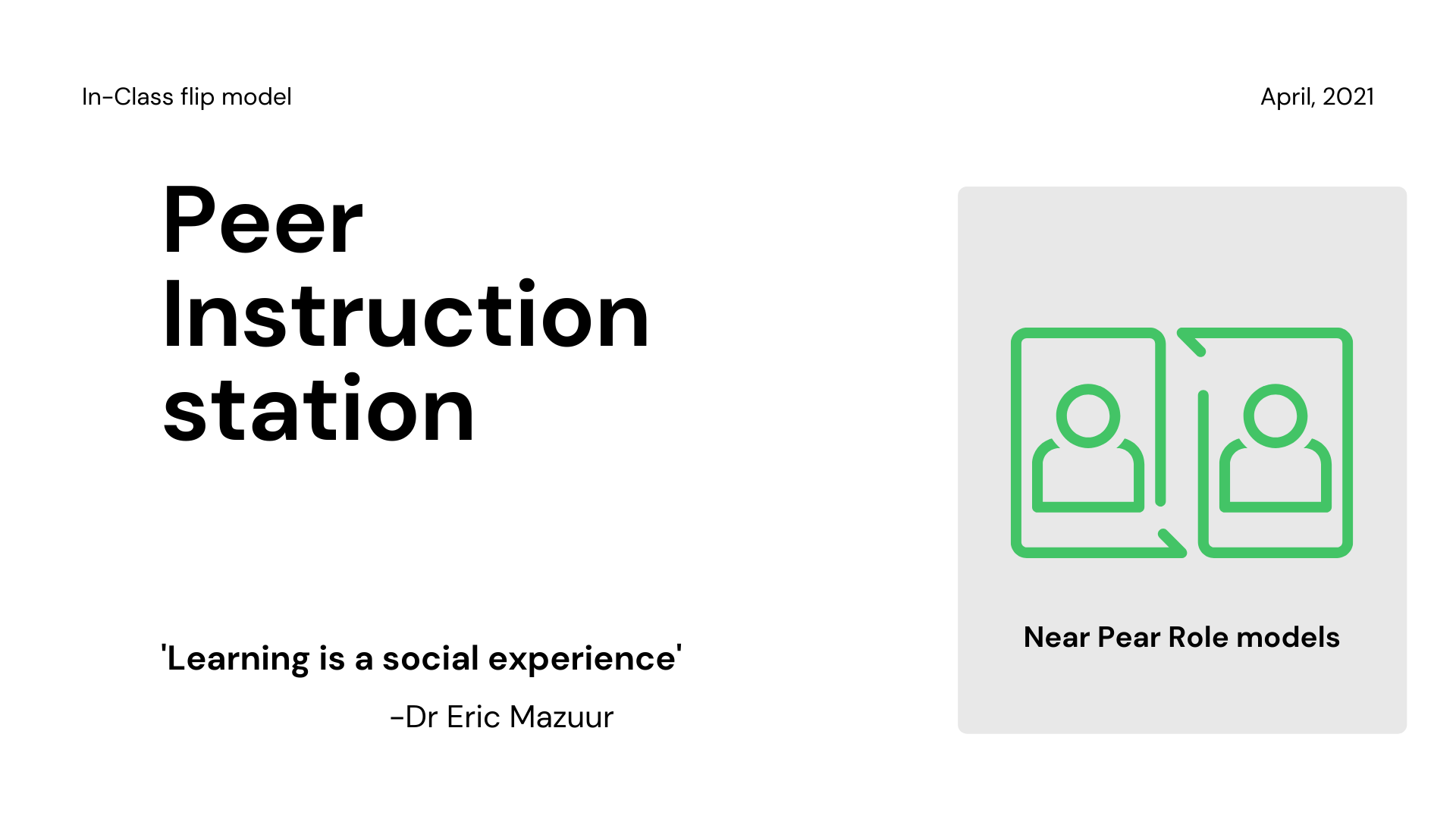This morning I was looking into how peer teaching works and also ways I could structure its use in my classrooms more. While reading some literature on this idea from the In-class flip method of the Flipped learning approach, Eric Mazur’s name popped up. For those of you that don’t know Eric Mazur, he is a well known Harvard University professor of Physics, but his work on education science is greatly appreciated and his ideas are used by many around the world.
While watching this video below I found out a number of things about peer instruction.
For one thing, I feel that peer instruction has a lot to offer in my classroom because for me, learning a language should be a social interaction, and getting students discussing together content that doesn’t necessarily have to do with how language works, is probably the best way to invoke communicative competence. What struck me in his talk was the notion that we as the teachers sometimes can’t understand that we know our content so well that we often can’t remember what it is like to struggle to learn it. I have been caught thinking to myself saying, “But it’s simple and really easy”, and in some circumstances, I think and hear from other teachers, “I taught it well, he or she didn’t get it. It’s not my fault”. Well, we all know whose fault it is and this probably comes down to our ability to differentiate our content to reach every student and not follow a class curriculum or ‘finish the book’ syndrome. By observing this video, I thought, “Yes, but what if we sometimes get our students to teach content? Won’t students teaching students, reach a broader spectrum of our learners?”
So, in this talk, Eric Mazur structures his thoughts on how he uses a routine called, just in time teaching in his classrooms. The basic idea behind this procedure is to keep the teacher talk time to a minimum and then give the floor to students to discuss and work out the details of the content. Indeed, he mentions that we should keep our presentation of content to a minimum, pose a question for which there are fixed answers, then get students who have different answers to pair and discuss until they reach an ‘aha’ moment. After finishing that stage, he suggests moving on to the next bit of content, question, peer teach and so on. Brilliant in thought, and probably with some refining would work well in the English language classroom too. Of course, like most active learning strategies, you as the teacher would have to embrace some chaos in your classroom, but this I think can be moulded to a level you can be comfortable with.
Among other things like assessment, he went on asking himself, what if we could make the out-of-class component a social interaction too? He said that not only did he work hard to make his classroom a social interaction with students talking to each other and helping each other, he also went on and designed and implemented a platform where his out-of-class component became a social interaction of students reaching content and interacting with peers to learn it. This platform is called Perusal and is unfortunately not open for free use by all, so it is generally accessed by educational institutions that can pay.
Food for thought from his talk:
If machines can teach content in a what that is accessible to all students, what is my role in the classroom? – Dr Eric Mazur





